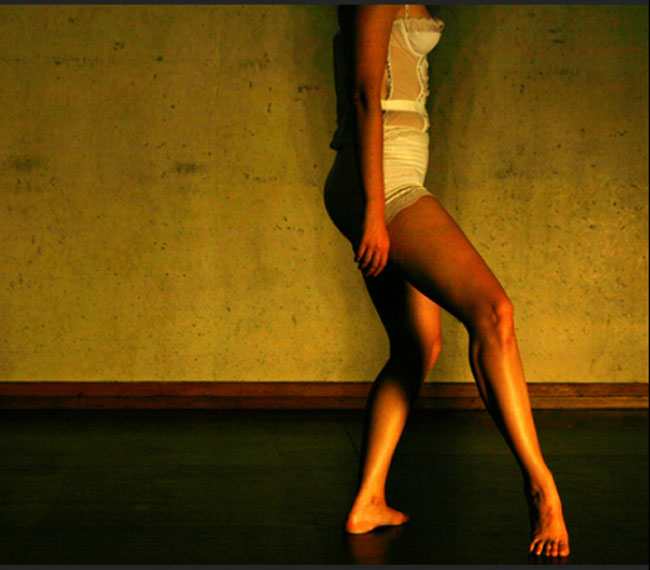Issue 3 - the Body

She, by Robert Cook
I was looking through an etymological dictionary and playing with the idea that language has the same project as science: a quest for truth, understanding, control. Etymologically, the word metaphor comes from the Greek “to carry, bear” + “over, across.” Metaphor is a way of making images and feelings more accessible, more tangible. Science comes from the Latin for “knowledge; to separate one thing from another.” It’s a way of bridging the divide between the known and the unknown; to carry truth over. Art and science share a common project of finding and articulating truth, but where personal truth is concerned, sometimes art is a more effective means of expression.
The theme of this issue is an exploration of the nature of the body as the most personal and basic of truths. This issue reveals a tension between the power and fragility of the body. It explores the distance and difference between the body and mind, the inner and outer self. Our bodies and the faculties of these bodies (the mind, the tongue, the fingers, the legs) are the only means we have to articulate ourselves, to express ourselves: a hodgepodge of disparate and sometimes disorderly parts. The body becomes magnificent and functional as an amalgamation of these parts, some of which we will never even see, let alone know how to pronounce (when did you last see your spleen, or nucleus accumbens?).
It is a miracle that we can even stand up. But more than that: we can walk, dance, touch, taste, think, see, heal, paint, cook, write, sculpt; we can even create other bodies. The fragility of the body comes from, I think, the difficulty that we can have in articulating our experiences. We cannot always do and say what we want with
the tools the body provides. Our death, too, points to the transience and fragility of our bodily selves, but that’s not what this is about: it’s about the beauty in the meantime. There is a simple beauty in that deep mystery, in the search for accurate expression in the small, natural symmetry of the every day; in its completion, dailiness finds itself neither simple nor small. It’s more like a beginning.
Harriet Alida Lye – Editor in Chief